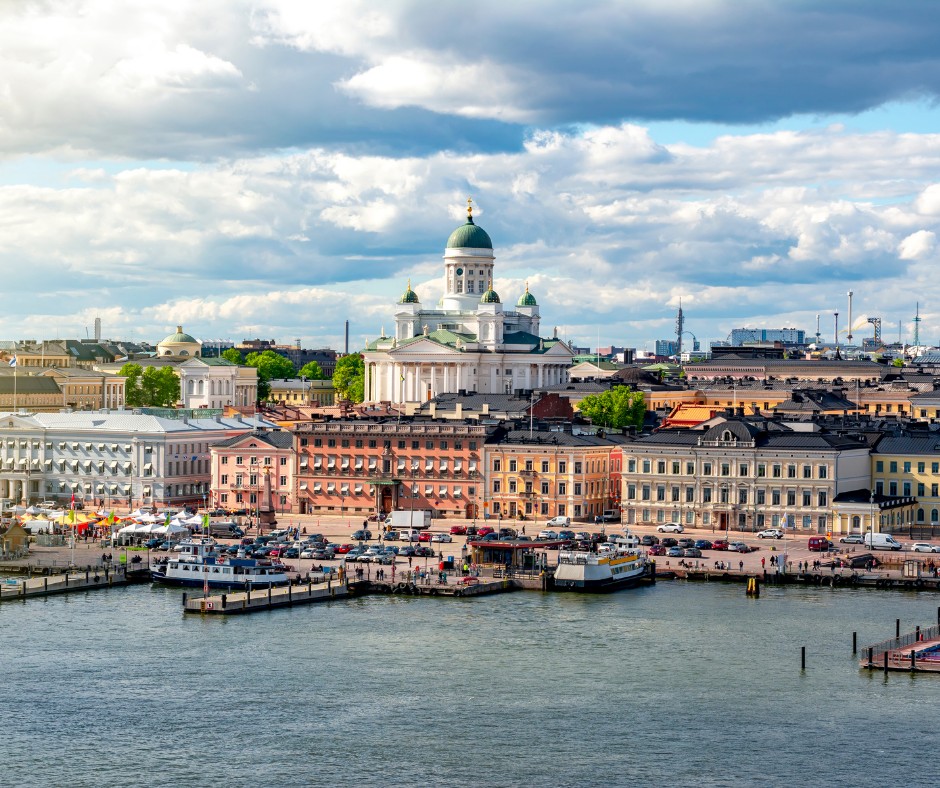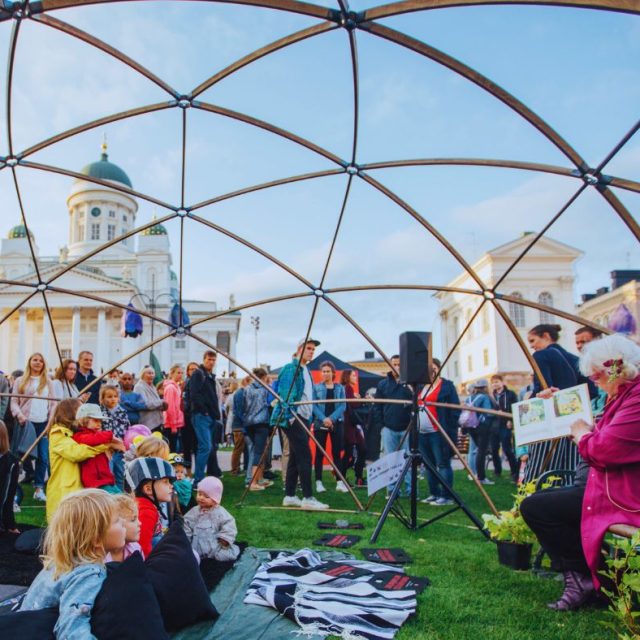Culture for All Ages: Helsinki’s Inclusive Cultural Vision
Helsinki was established in the mid-16th century and declared the capital of Finland in 1812, it holds the role of the country’s administrative, economic, and cultural hub

Cultural Heritage
Apart from its urban environment, Helsinki’s close proximity to the sea and its natural surroundings significantly influence city life. Helsinki boasts 130 kilometres of coastline and approximately 300 islands, with forests covering 22% of its land area. The city is highly walkable and bike-friendly, with most public services within easy reach. Helsinki’s objective is to minimise geographic inequality and ensure that every resident can live in a safe neighbourhood with its unique identity.
With nearly 660,000 inhabitants and a wider metropolitan population of 1.4 million, Helsinki boasts a vibrant cultural life and is renowned as an innovative start-up hub and a leader in sustainable urban development. The citizens of Helsinki are highly educated, with more than half of those aged 25-64 holding a university degree. In the 2020 UN Happiness Report, Helsinki was ranked as the world’s happiest capital, offering the best work-life balance. Additionally, it is considered one of the world’s safest cities.
Embracing Change
By 2050, Helsinki is projected to become home to 820,000 people. In recent years, it has rapidly internationalised, with around 17% of the city’s residents being of foreign origin by the end of 2020. The city’s growth is evident through the rapid pace of new construction. The city centre has transformed into a vibrant cultural hub, featuring attractions like the new Central Library Oodi, art museums such as Kiasma, Amos Rex, and Helsinki Art Museum (HAM), as well as concert and event venues like Musiikkitalo, Opera, and Finlandia Hall, all located within a one-square-kilometre area. New urban districts, such as Jätkäsaari and Kalasatama, have also sprung up along Helsinki’s waterfront. In addition to modern architecture, the city centre showcases styles like Art Nouveau and Empire.

The Role of the Policymaker
Helsinki’s City strategy for 2021-2025, titled “A Place of Growth,” aims to achieve sustainable growth that fosters social, economic, and cultural wellbeing. Over the next few years, the City government’s Culture Unit will focus on strengthening children’s culture, enhancing opportunities for the elderly, promoting equality and inclusion, and investing in digitalisation. An allocation of €8 million has been designated to rebuild the cultural sector, which was severely impacted by the Covid-19 pandemic.
Helsinki aspires to become a city with a growing, diverse, and captivating cultural scene. The Helsinki Biennale, an international visual arts event, made its debut in the summer of 2021 and was held again in 2023. It is next due to take place in 2025. The city is also reinforcing its international reputation as a hub for compelling art venues. Dance House Helsinki, Finland’s inaugural performance and event space dedicated to modern dance, opened its doors in February 2022. Currently, the City of Helsinki and the Finnish government are leading a flagship project to establish a new Museum of Architecture and Design. This cultural institution will be situated on the waterfront and is planned to be a world-class museum, serving as an appealing home for Finland’s renowned design and architecture.
The Future
Culture plays a pivotal role in enhancing the quality of life in Helsinki. It not only shapes the city’s unique character but also draws visitors, fosters community involvement among residents, promotes cultural awareness, reduces segregation, and deepens people’s connection to Helsinki. The City of Helsinki actively facilitates and brings together the realms of art and culture, aiming to ensure that citizens maintain a lifelong connection with culture and the arts.
Images copyright © Getty Images / Canva




